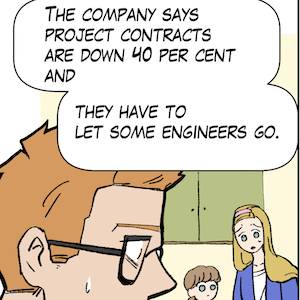The financial markets around the world have over the last week demonstrated, once again, that they are subject to wild swings in irrationality despite mainstream economists holding out the idea that these sorts of transactions exhibit pure rationality. Some of the capital movements are explained by a shift in the interest rate spread between Japan and the US as the former nation decided to increase interest rates modestly. That altered the profitability of financial assets in each currency and so there were margins to exploit. But the big swings came when the US Bureau of Labor Statistics (BLS) released their latest labour market data last Friday (August 2, 2024) – Employment Situation Summary – July 2024 – which showed payroll employment increasing by only 114,000 (well down on expectation) and the unemployment rate rising by 0.2 points to 4.3 per cent. Suddenly, the headlines were calling an imminent recession in the US and that triggered a flight into safer assets (government bonds) away from shares etc, which drove down bond yields (as bond prices rose) and left some short-run carnage in the share markets. A few days later the panic subsided and one has to ask what was it all about. In this blog post, I examine the labour force data and add some new extra ‘recession predictors’ to see whether the panic was justified. The conclusion is that it was not.
